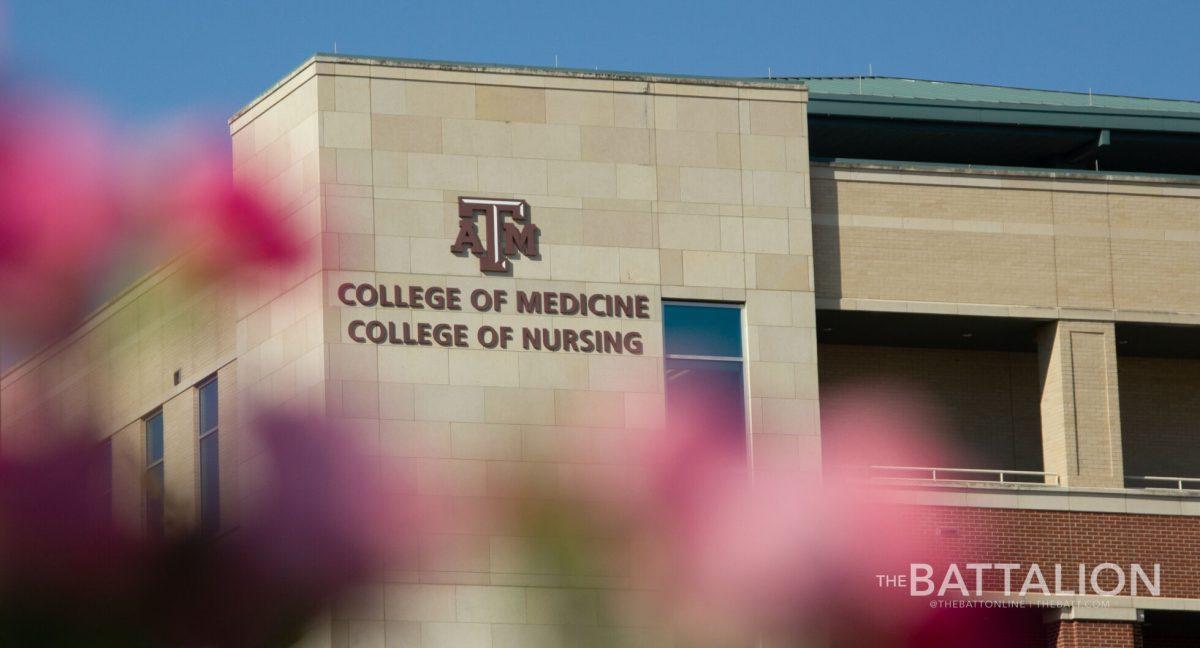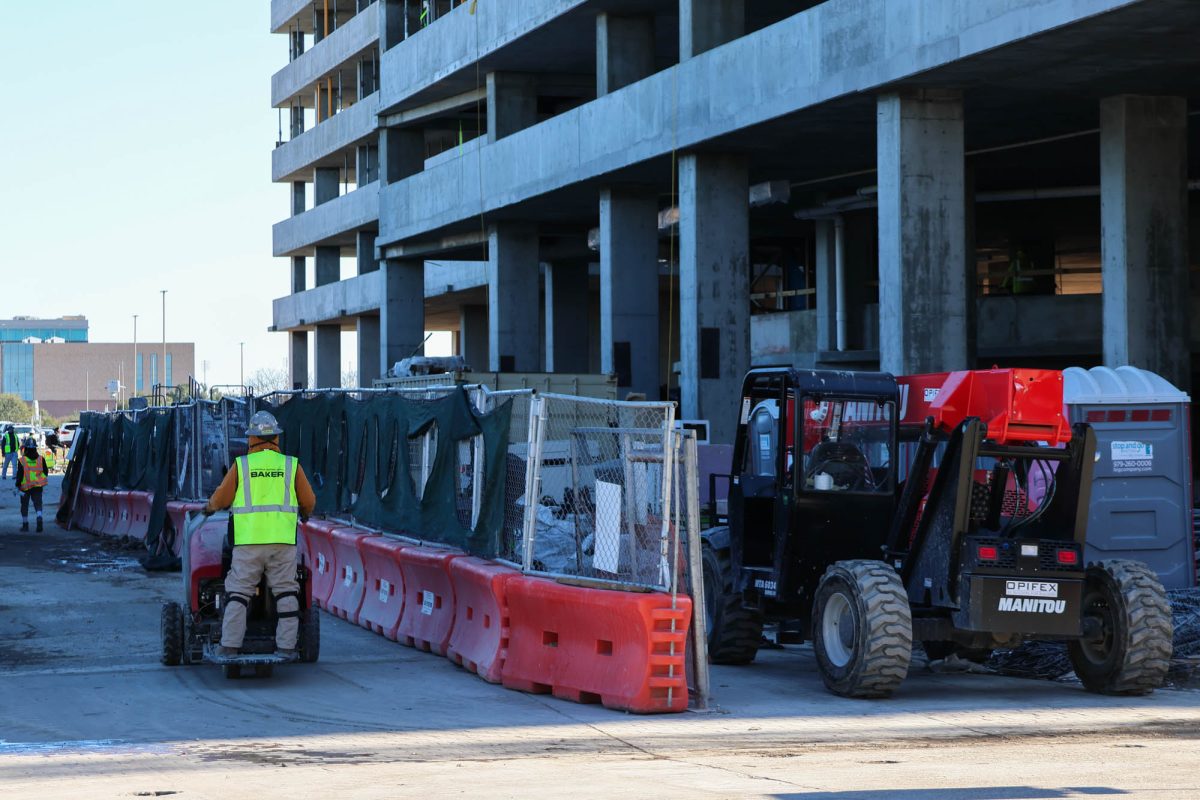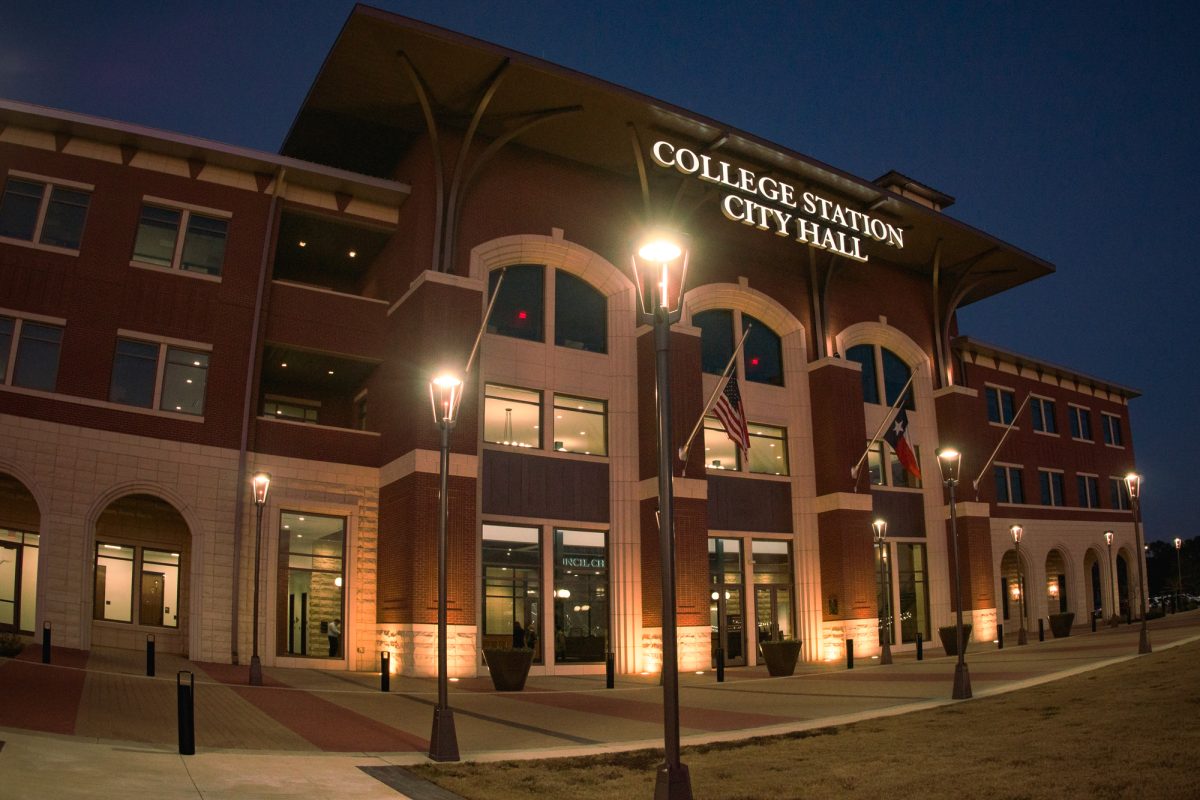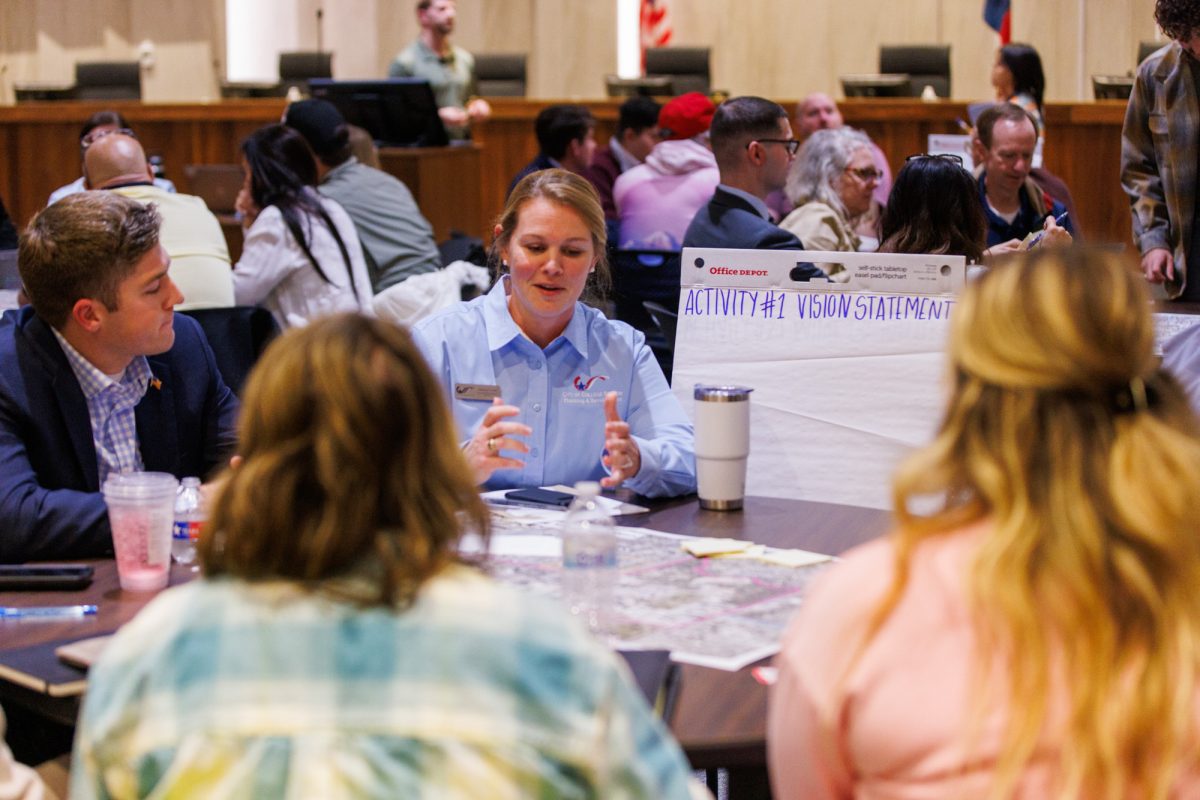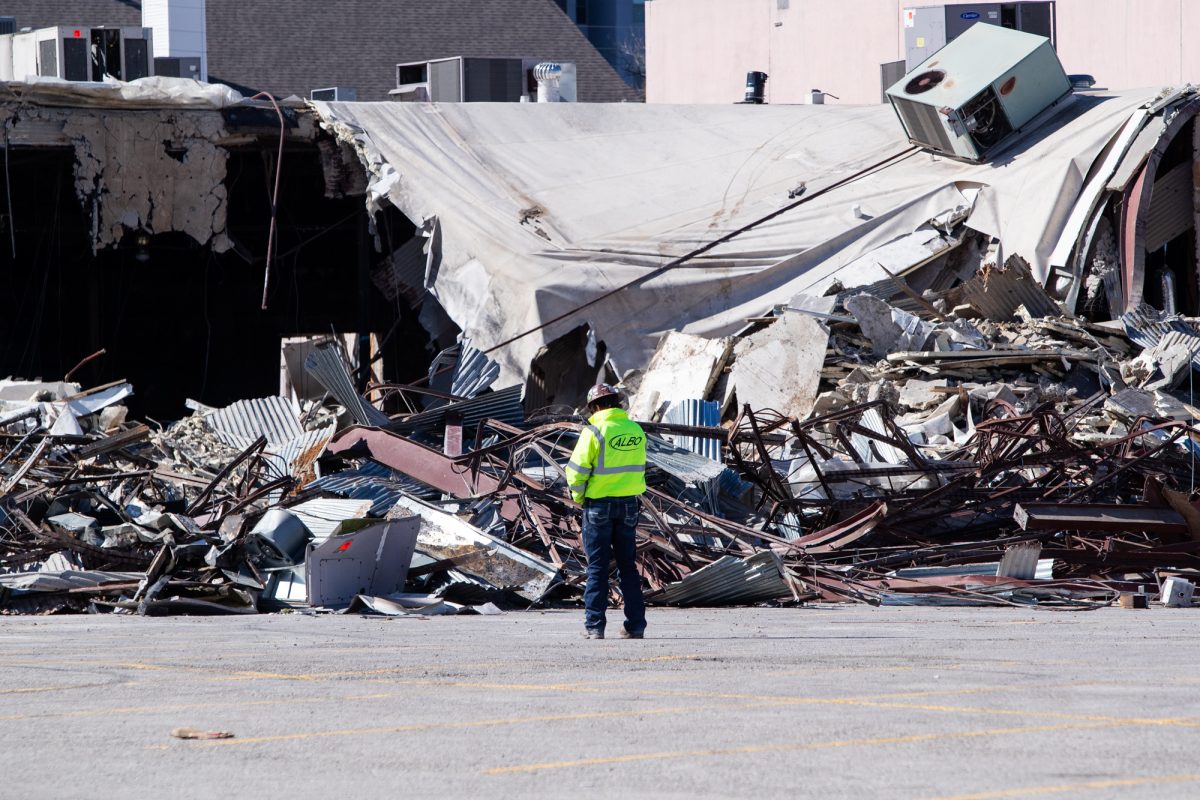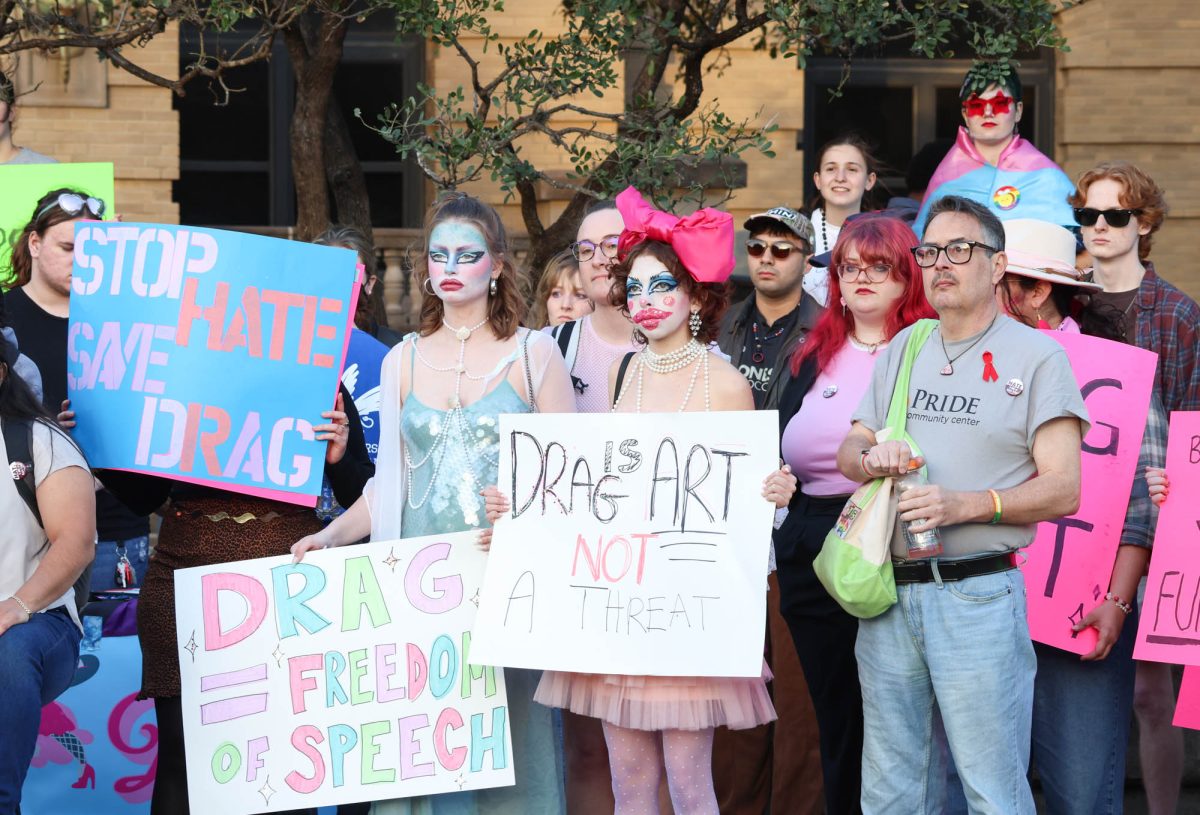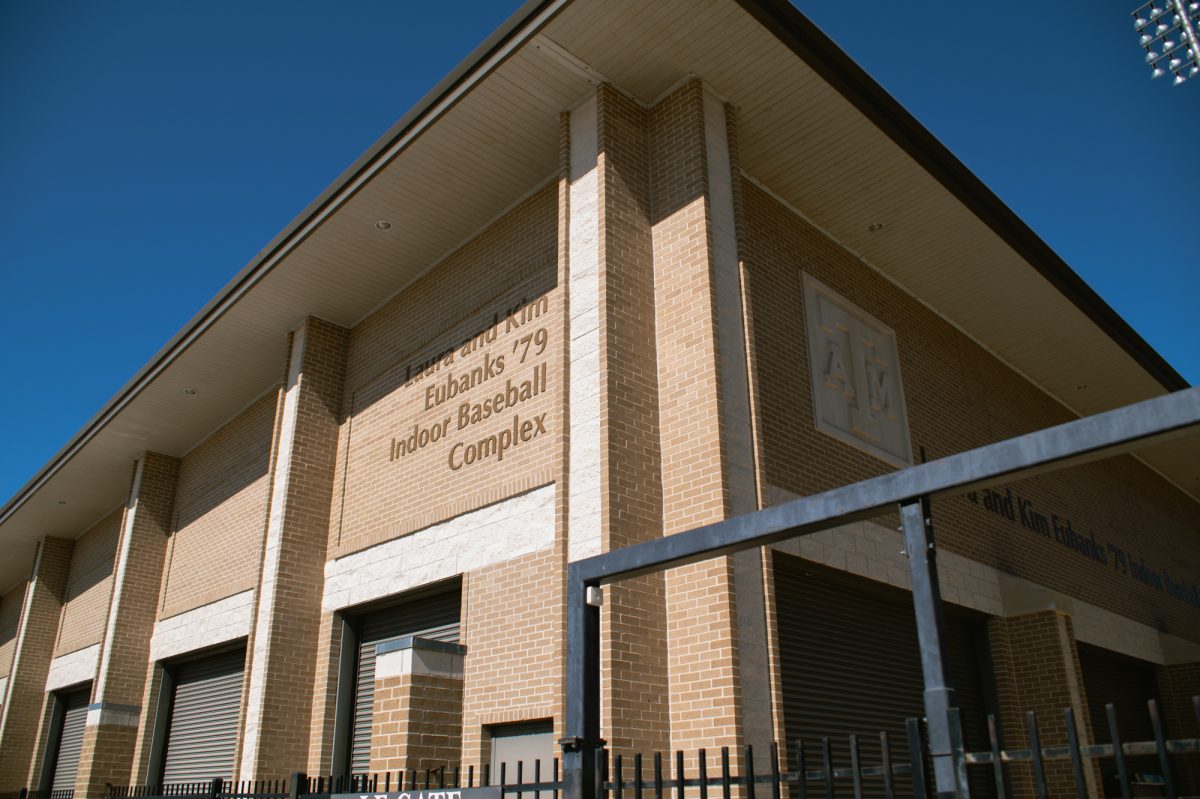Out of the 1,337 deaths that occurred in Brazos County in 2023, 117 of those deaths were sent to Austin for an autopsy, where the closest medical examiner is located. Only following a two-hour trip and $3,891 can the Travis County medical examiner send a report back to College Station.
To address the issue, Texas A&M’s medical school is partnering with the Brazos County’s Commisioner’s Court to open a medical examiner’s office in 2026, with the construction of the site finished by September of 2025.
While the majority of Texas counties don’t have their own office, medical experts say the new office will allow elected officials and students to take advantage of autopsy services while serving Brazos Valley’s growing population.
Dr. Amy Waer, the dean of A&M’s medical school, said she is looking forward to medical students serving the community through the addition.
“There’s significant cost, but more importantly, significant delays — three to nine months — for families who are grieving,” Waer said. “They don’t get that closure, and often there’s paperwork that cannot be filed until the death certificate that is filed with the autopsy.”
Autopsies in Texas are performed when a physician is unwilling or unable to certify the cause of death. These can be accidents at home, suicides, homicides, traffic accidents or any unattended death deemed suspicious.
“There’s a huge national shortage of forensic pathologists, and hopefully once we get everything up and running, we can increase that educational role,” Waer said. “Ideally, I would love to see at some point a forensic pathology fellowship that we can partner with the county.”
Currently, there are only 24 medical examiners and coroner’s offices in Texas, with the vast majority of counties using justices of the peace to certify and sign death certificates. Judge Rick Hill, one of four justices in Brazos County, has certified close to 1,000 deaths in the past 10 years.
“Autopsies are a definite process that takes time,” Hill said. “If you have a difficult autopsy — where they are having trouble trying to figure out what happened — then there are more tests run. Genetic tests run, things like that. Toxicology takes a lot of time.”
According to Hill, the length of time it takes to receive an autopsy report will not change significantly with the creation of a local morgue. However, Hill and the other three justices will have more flexibility with their work.
“I will not have the call at two o’clock in the morning, waking me up out of a dead sleep to go to a death,” Hill said. “People don’t die Monday through Friday, eight to five, do they? They die any time of the day or night. I’ve had weekends where I’ve had two or three in a night.”
For Waer and Hill, the opening of the medical examiner’s office will alleviate issues previously involved with autopsies — like transportation of the body or delivery of a death certificate.
“There are family members there, and we have final say,” Hill said. “So the philosophy I use is, given the circumstances, if this was my mom or dad or brother or sister … Would I want an autopsy?”
Medical education has recently come under scrutiny in Texas after the University of North Texas’ medical school using unclaimed bodies for profit in medical research. A&M’s willed body program has a page dedicated to the transparency of their operations, and medical students hold a memorial service for the friends and family of the person who donated their body.
“Our first-year students have the privilege of learning human anatomy on our cadavers,” Waer said. “Our willed body program provides those. It’s a 100% voluntary willed body program where we receive our cadavers, and we’re very proud of that. It’s a very respectful process.”
Waer and Hill both expressed their desire for greater support from local officials to make the transition between Travis County and Brazos County easier. Waer said she is looking forward to the contributions the office will be able to make to A&M’s forensics programs.
“It’s not just medicine, right?” Waer said. “At the university level, it will open up a lot of educational opportunities for learning and research.”




